Affiliate links on Android Authority may earn us a commission. Learn more.
How Android updates will change with Nougat
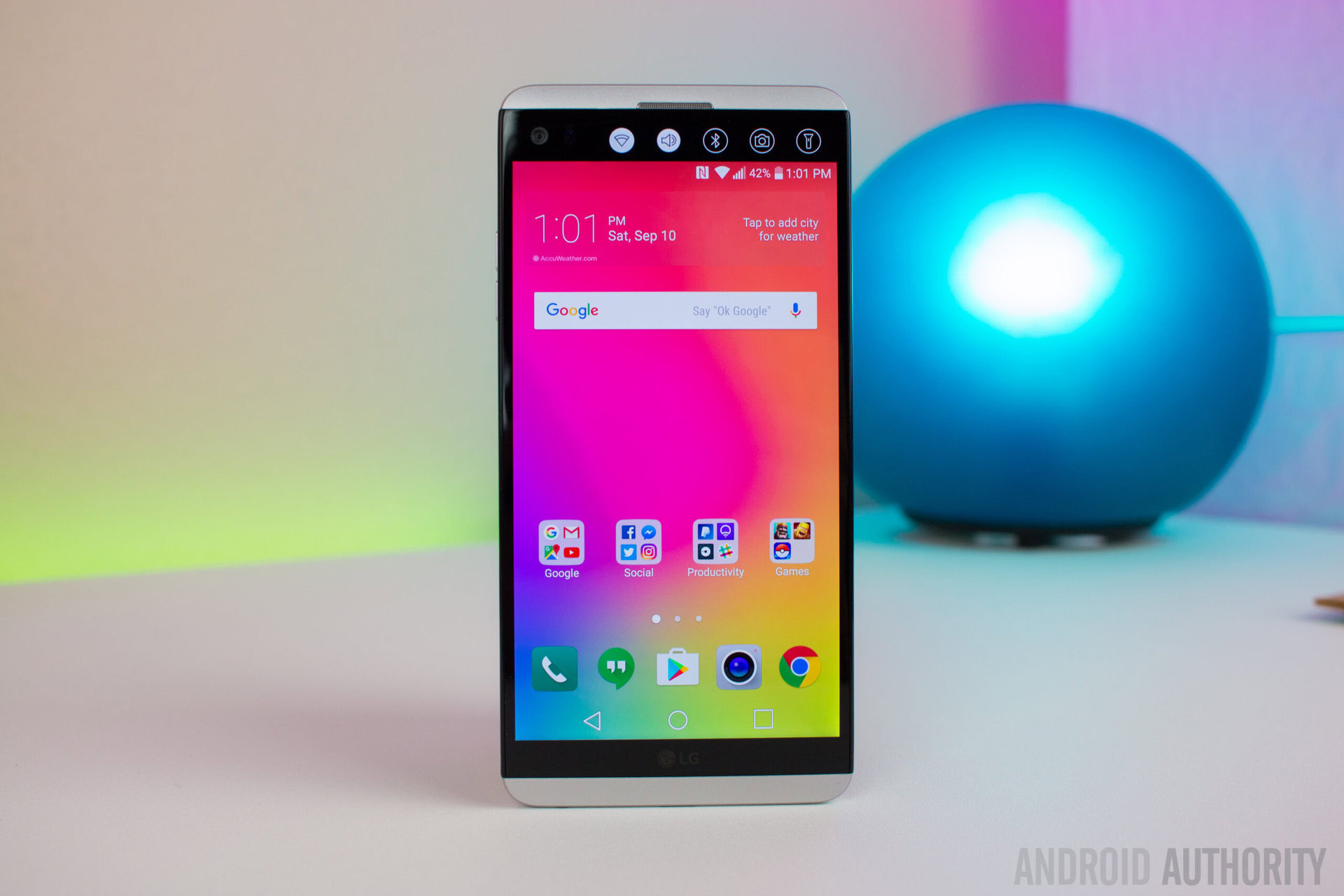
Android Nougat’s final release has been around for several weeks now, at least for the few Nexus devices lucky enough to get the update. It’s also arriving out-of-the-box on the upcoming LG V20. As the update reaches more devices, users have a lot to look forward to, including a number of new features including improved Doze mode, multi-window support, and much more. But it’s not just about these on the surface changes; there are bigger changes brewing underneath.
Read more: Android 7.0 – new features
Chiefly, Android 7.0 Nougat represents a shift in the way updates are being handled. Going forward Google will embrace what it’s calling a “regular maintenance schedule” for future updates that should iron some of the wrinkles in the Android update process.
Google hinted strongly in an announcement on the Android Developers Blog that future releases will come quarterly. Work has already begun on the next Nougat update, which should arrive this fall. Given that we may see new phones from Google (to be rebranded as Pixel rather than Nexus) in October there’s a solid chance that’s when the first release will be.
The potential upside is that Android users will have a more reliable stream of fresh releases, hardware makers will know what’s coming, and developers will get early access to future Android releases.
There’s a lot of promise, but there are also many factors that need to come together. There are also a lot of questions of what this change will mean for OEMs, individual users, and so forth. That’s what we aim to explore in this piece.
Behind the move
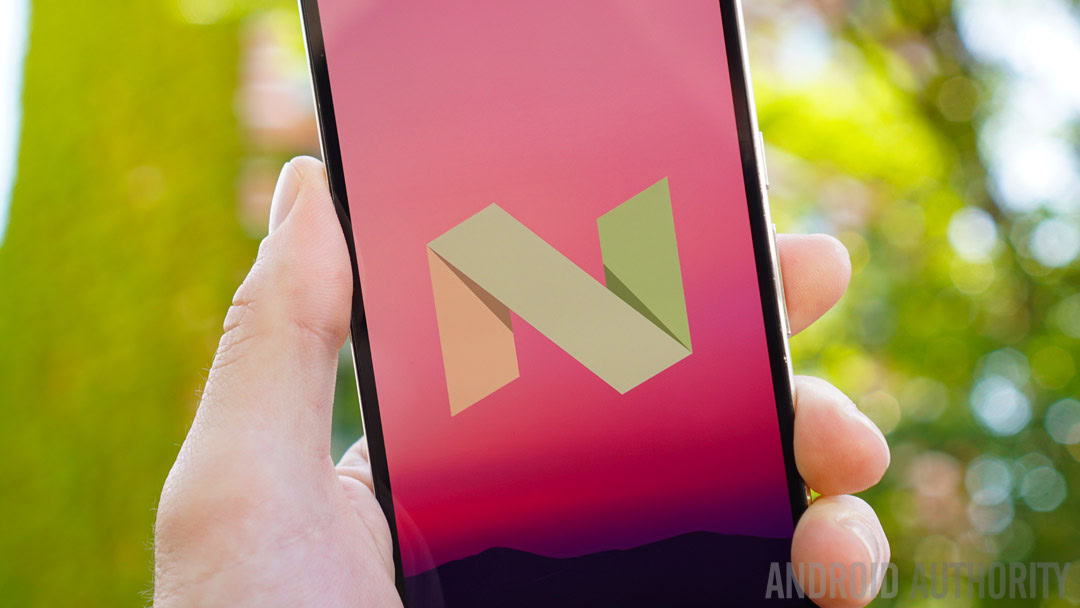
First, let’s start with a little background. According to a Google spokesperson, the maintenance release is designed to better standardize future updates. Both consumers and hardware partners will be able to try out the latest releases of Android by joining in the Android Beta Program.
This means if you’ve registered an eligible device (Nexus 6P, 5X, 6, 9, Player, Pixel C, and General Mobile 4G), you’ll be first in line for the upcoming maintenance releases. Just keep your phone, tablet, or TV player enrolled in the beta program and over-the-air updates will come when they’re ready.
Another target group is, of course, developers. One of the challenges of Android development is trying to get your apps ready for a myriad of devices that are part of the fragmented ecosystem. Predictability and early access are key tools here.
Additionally, this move by Google builds on the new monthly security updates the company began rolling out after the Stagefright vulnerability was discovered. Of course, getting these updates will be the key issue. Some hardware manufacturers are better than others when it comes to making these updates available for the masses.
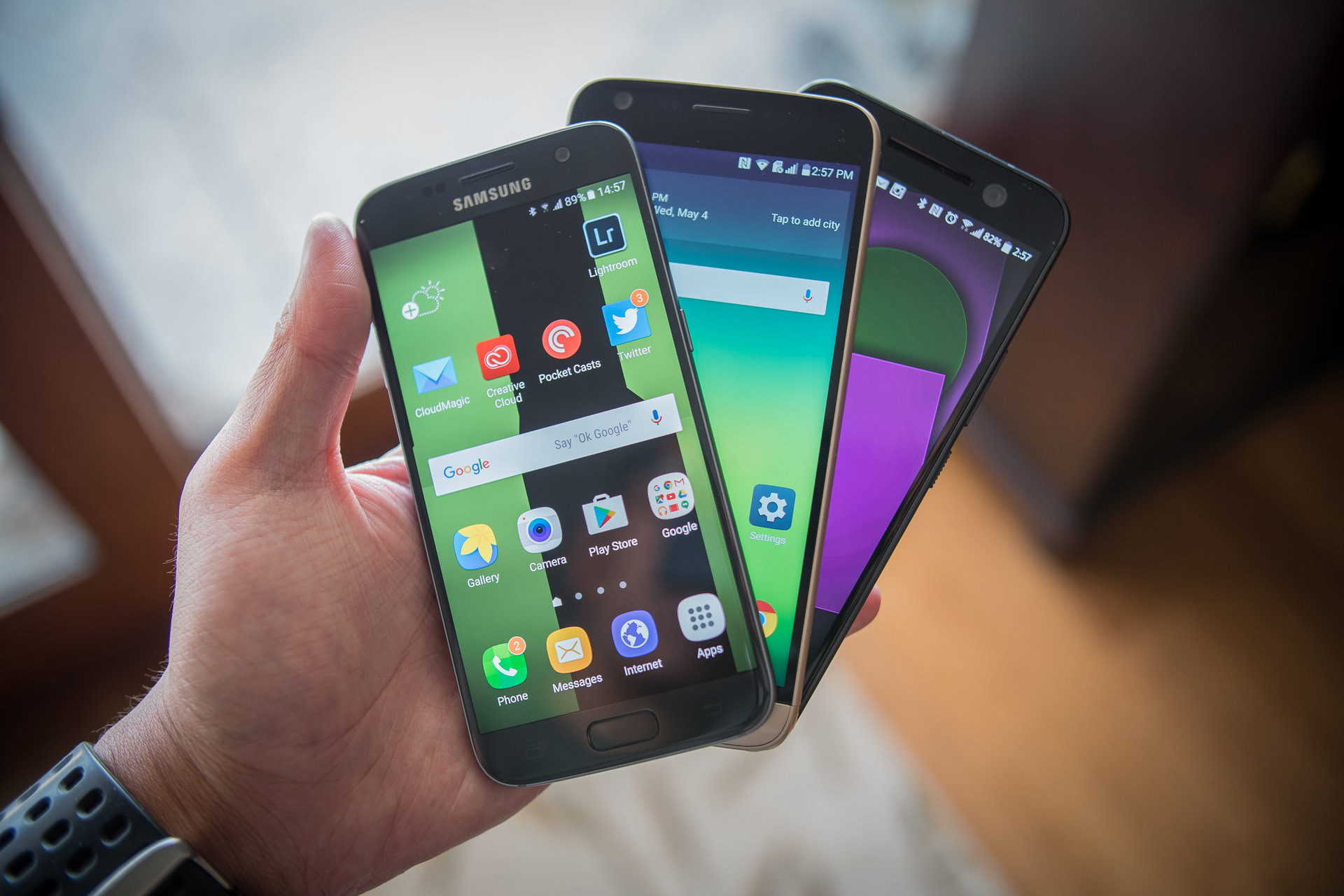
What it means for you
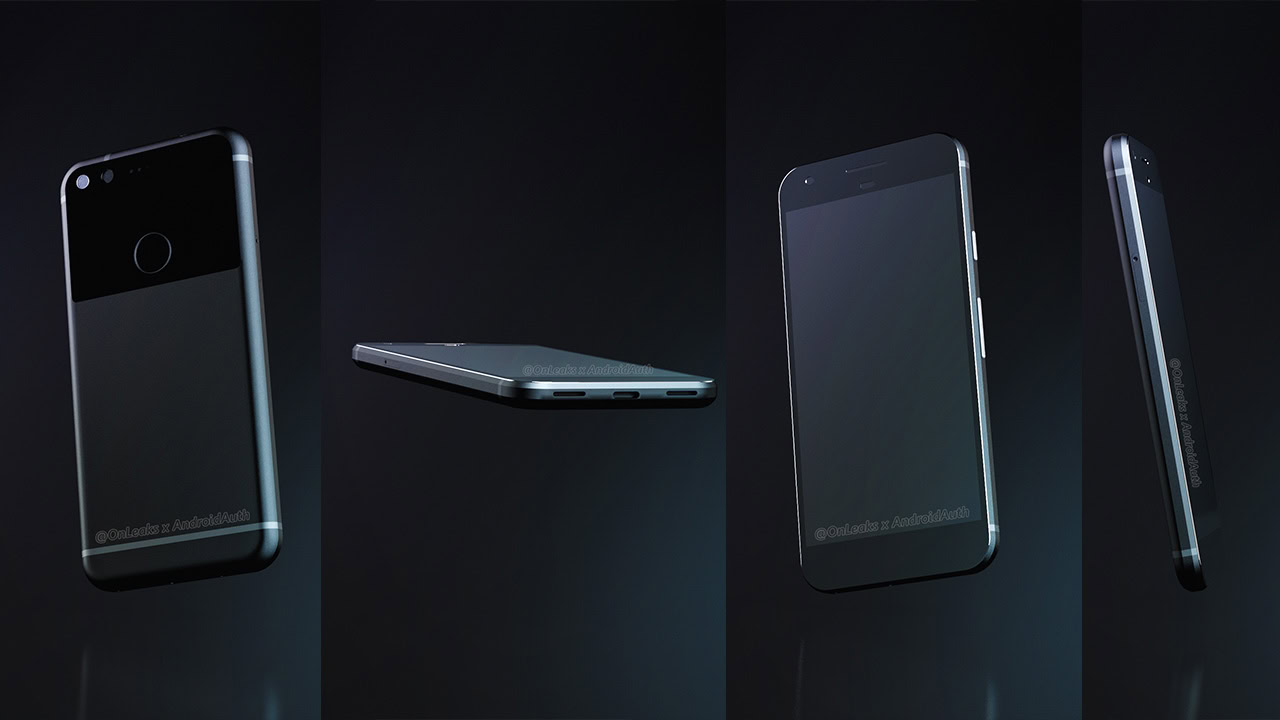
So Google is adding more transparency to the update process, creating regular updates, and also regular update previews. But what does this mean for individual users? There are a few implications for your Android experience. The most noticeable will be if you’re using a Nexus device, as you’ll be the first to get such speedy and reliable updates. Google says it’s going to keep around the Android Preview program, so you can enroll your phone or tablet to get the releases while they are still undergoing development.
In the short term, there’s been speculation that the Pixel phones coming in October (these will replace the Nexus line) will debut with Android 7.1 and include additional features not found with 7.0. It wouldn’t be surprising for some extra Googliness to appear at this launch, as you can’t expect the Nougat debut to rest entirely with the LG V20. We’re likely to see deep integration with the Google Assistant, as well as other software enhancements that may set these Pixel phones further apart from other Android handsets.
Beyond these more obvious benefits, we can’t help but hope that this change in policy could also positively influence OEMs to update more frequently, thus tackling Android’s perceived fragmentation problems.
Fragmented hope spring eternal
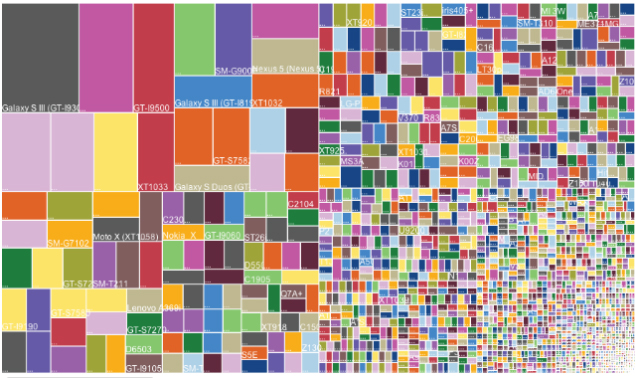
An end to Android fragmentation: the everlasting and unrequited hope of every Android fan. There’s reason for both hope and caution.
The potential upside is evidenced by how some Android manufacturers have been able to somewhat keep pace with the monthly security updates. Perhaps smaller, more predictable, and tested Android maintenance releases will make it out to your phone faster than 11 months at a time. That’s because instead of these future versions residing inside of Google, they’ll be eligible for testing. This can give Google feedback and give phone makers the chance to get the software ready themselves.
There have also been rumors that Google and manufacturers are taking steps to separate the core system from the OEM additions that goes on top. If true, paired with early access to previews, OEMs could potentially get much faster at pushing out updates. On the other hand, it’s unclear how much of a difference this will make when the carriers still hold the keys to the gate. For example, the AT&T Galaxy S6 line received an update from Lollipop to Marshmallow in May, about seven months after the software’s official release.
It’s a story that plays over and over again. Some carriers are better than others, but getting that major update from one confectionary to another just takes way too long. If the updates for Android are smaller, more predictable, and stable, then perhaps the carriers will release their iron grip. One can hope, anyway. In the meantime, the good news is that all key Google apps and services update from the Play Store. And Google is doing everything in its power to make more of the Android experience updateable without waiting for bigger system updates.
Counting Pixels
Even if this new update model somehow brings forth a panacea of freshened Android updates, there may be an even larger advantage for going with Google’s phones. As indicated earlier, it’s a safe prediction that Google will show off further Android enhancements and possibly the first quarterly release when it unveils the new Pixel phones.
An always-listening Google Assistant, a deeper connection to Google Home (which also may get revealed at the October event), a working Daydream VR headset and other new goodies may also take whatever stage Google is planning. While many of these will come to other Android phones, expect the latest and best of Android to come first to Google’s own phones. And without the constant meddling of carriers and OEMs.
The takeaway is that, more than ever, if you want the latest and greatest of Android, you’ll want a phone direct from the Mountain View giant for fresh and fast updates as good ramps things up. However, in the long term, this change in update frequency and transparency could also have positive implications for other OEM devices as well.
What do you think of these changes? Will they lead to faster updates, or just be another reason to stick with Google-made phones for those of us that are already in the Nexus (soon to be Pixel) camp? On the flipside, do you feel frequent OS updates are as important as some claim, or do OEM-added features and benefits outweigh the need for frequent updates?
Post by Derek Walter.